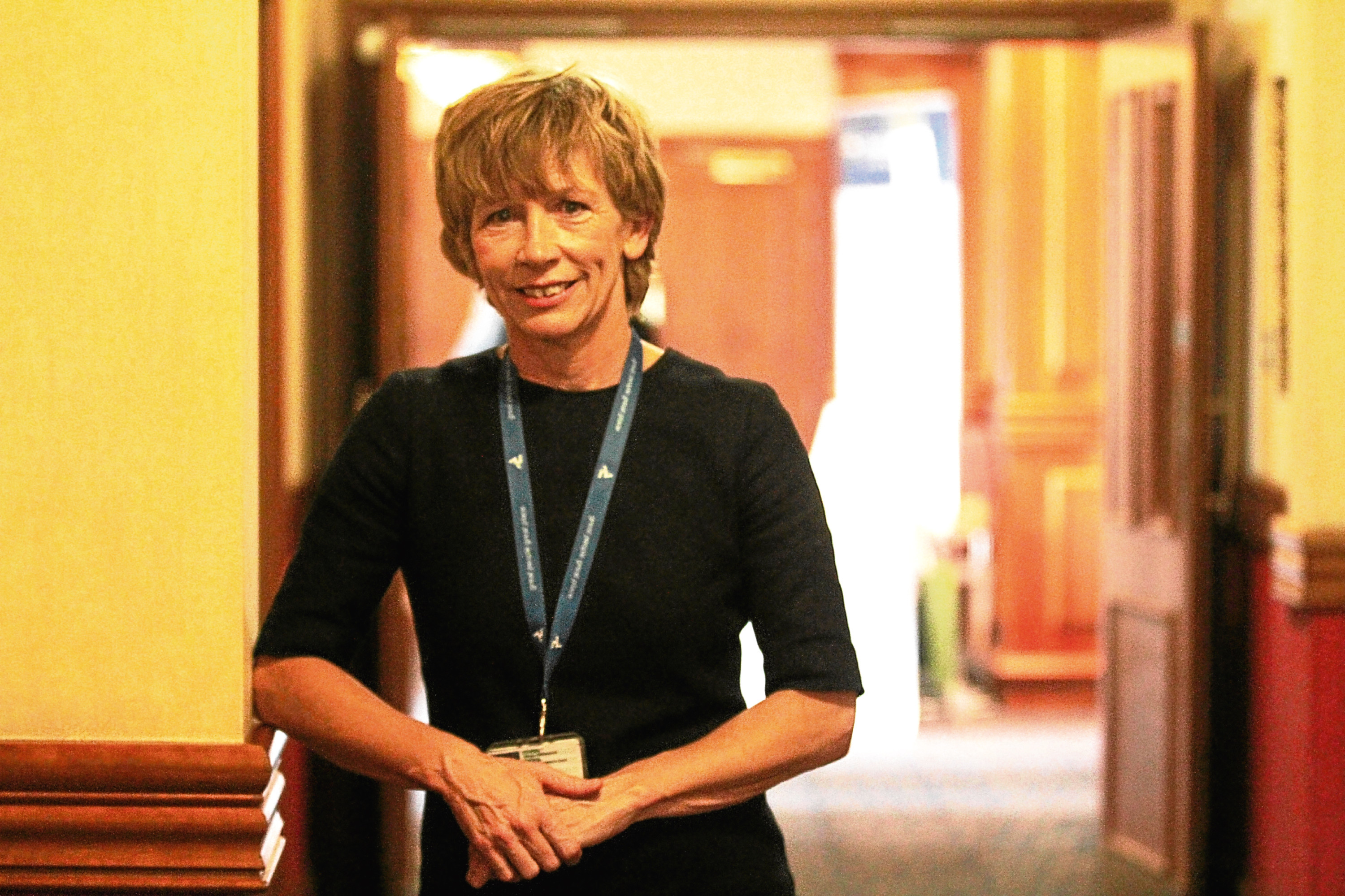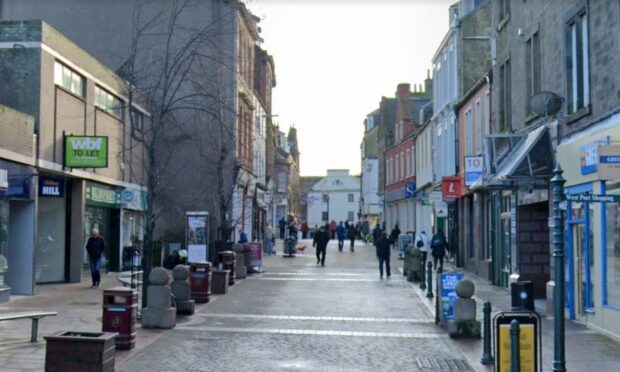Angus Council paid a seven figure sum in redundancy payments last year as the number of employees agreeing severance packages doubled.
The council’s annual accounts, which were published earlier this week, revealed that 136 people took packages from the local authority last year, up from 69 in 2016/17.
Redundancy payments during the financial year were £1.38 million compared to £529,000 the previous year.
The total cost of the exit packages – including the payments and “pension fund strain” – were £3.53m, more than treble the 2016/17 figure of £1.08m.
Reducing the number of employees is a key strategy to the council meeting its increasingly difficult financial challenges.
Over the past six years Angus Council has reduced its workforce by more than 600 staff.
Last month, when announcing a £13m budget surplus for 2017-18, the council said it had taken “strict management” of staff costs and vacancies and had reduced the number of senior managers by a fifth.
The council claimed it had “one of the leanest staffing structures of any Scottish council”.
In 2017/18, 80 employees earning under £20,000 took an exit package, 33 members of staff earning between £20,000 and £40,000; 11 earning between £40,000 and £60,000, 6 earning between £60,000 and £100,000 and 6 staff earning more than £100,000.
Employee departures due to ill health are excluded from the figures.
Meanwhile the accounts showed the number of council employees – including education staff – earning more than £50,000 increased from 115 to 136 last year.
The number of local government employees earning over the threshold increased from 14 to 27 while staff classed as chief officials decreased from 28 to 27.
Workers recompensed under the Scottish Negotiating Committee for Teachers rose from 73 to 82.
Chief executive Margo Williamson is the council’s top earning employee.
She was paid £104,106 between June 1 last year and March 31 in the role and an additional £2,996 in returning officer duty payments. She also received £18,120 in the role of strategic director for children in April and May last year.
When she was promoted to the top job, the number of strategic directors was reduced from three to two. Strategic directors Mark Armstrong and Alan McKeown each earned £112,000 last year.
Ms Williamson took over the post of chief executive from Richard Stiff, who retired on May 31 last year. He was paid £22,671 – including a returning officer payment of £1,463 – for his work in the first two months of the financial year.










